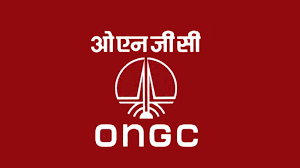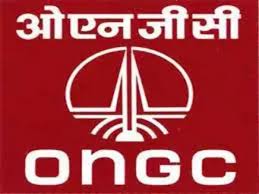Understanding ONGC: India’s Oil and Natural Gas Corporation

Introduction
Oil and Natural Gas Corporation Limited (ONGC) is not only India’s largest crude oil and natural gas producer but also a significant player in the energy sector, contributing to the country’s economy and energy security. Established in 1956, the company has become a pillar of India’s energy landscape, making its role paramount in today’s sustainable energy discussions.
The Current Landscape
As of 2023, ONGC has reported a robust financial performance, with a profit increase of approximately 30% in the last financial year, driven by rising crude oil prices and enhanced production capabilities. The company produced around 20.5 million tonnes of crude oil and 25.8 billion cubic meters of natural gas during the previous fiscal year. This not only reflects ONGC’s operational efficiency but also highlights its importance in meeting India’s growing energy demands.
Investment in Renewable Energy
In a significant strategic shift towards sustainability, ONGC has announced plans to invest about INR 30,000 crore in renewable energy projects by 2030. This move is in line with India’s commitment to achieving net-zero carbon emissions by 2070. The company aims to diversify its energy portfolio, focusing on solar and wind energy initiatives to reduce reliance on fossil fuels and contribute to sustainable development.
Technological Advancements
ONGC has also embraced innovation by investing in advanced technologies for exploration and production. The recent deployment of AI and machine learning to streamline operations has shown promising results in enhancing efficiency and reducing costs. Such technological integration ensures that ONGC maintains its competitive edge in the global energy market.
Challenges Ahead
Despite its successes, ONGC faces various challenges, including fluctuating global oil prices, regulatory hurdles, and increasing pressure to transition to green energy sources. Furthermore, the geopolitical tensions influencing the global oil supply can adversely affect ONGC’s operations and pricing strategies. The company must navigate these challenges while adhering to its sustainability goals.
Conclusion
ONGC’s commitment to enhancing energy security in India while pushing towards a greener future underscores its pivotal role in the country’s economy. As it prepares to embrace new technologies and explore renewable energy avenues, ONGC not only shapes its own future but also impacts national energy policies and global energy markets. The company’s strategic initiatives will be critical as India pushes forward on its path toward energy independence and sustainability in the coming years.









